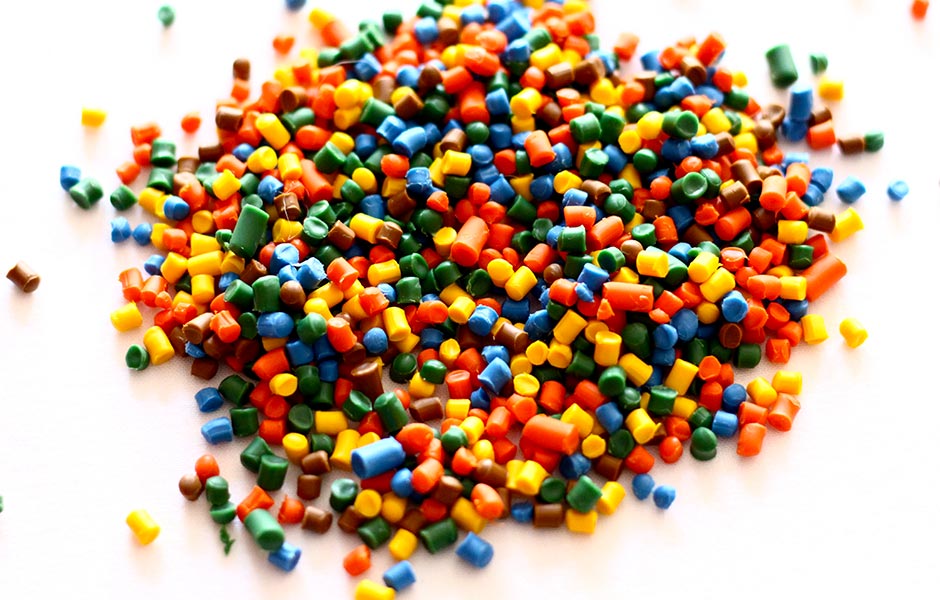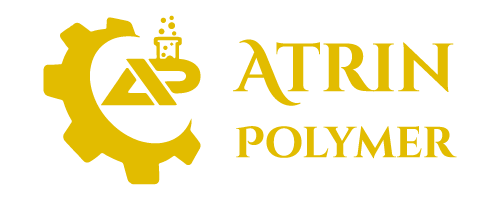What is PVC Compound?
Table of Contents
- Introduction to PVC Compound
- Understanding PVC Compound Composition
- Properties of PVC Compound
- Common Applications of PVC Compound
- Advantages of PVC Compound
- Disadvantages of PVC Compound
- PVC Compound Manufacturing Process
- Quality Control Measures for PVC Compound
- Environmental Impact of PVC Compound
- Safety Considerations for PVC Compound Handling
- Conclusion
Introduction to PVC Compound
Understanding PVC Compound Composition


Properties of PVC Compound
- Durability: PVC compound is highly durable and resistant to abrasion, impact, and chemicals, making it suitable for long-lasting applications.
- Versatility: It can be formulated to be rigid or flexible, allowing for a wide range of applications.
- Flame Resistance: PVC compound is inherently flame retardant, making it suitable for use in fire safety applications.
- Electrical Insulation: It possesses excellent electrical insulation properties, making it widely used in wiring and cable applications.
- Weather Resistance: PVC compound can withstand outdoor exposure and is resistant to degradation caused by sunlight, moisture, and extreme temperatures.
read more : Internal lubricant G60
Common Applications of PVC Compound
- Construction: PVC pipes, fittings, and profiles are widely used in plumbing, drainage systems, window frames, and siding.
- Automotive: PVC compound is used in automotive interiors, such as dashboards, door panels, and seat covers, due to its durability and ease of cleaning.
- Electrical: It is utilized in insulation for wires and cables, electrical conduits, and switch boxes.
- Healthcare: PVC compound is used in medical devices, such as IV bags, tubing, and blood bags, due to its compatibility with sterilization processes.
- Consumer Goods: PVC is used in various consumer products such as footwear, inflatable toys, vinyl flooring, and synthetic leather.
Advantages of PVC Compound
- Cost-Effectiveness: PVC compound is an affordable material compared to other plastics, making it a preferred choice for many applications.
- Easy Processing: It can be easily molded and extruded, allowing for efficient manufacturing processes and shorter production cycles.
- Chemical Resistance: PVC compound is resistant to many chemicals, making it suitable for applications where exposure to corrosive substances is a concern.
- Low Maintenance: Products made from PVC compound require minimal maintenance, contributing to their long-term cost-effectiveness.
Disadvantages of PVC Compound
- Environmental Concerns: The production and disposal of PVC compound can have environmental implications due to the release of chlorine and the persistence of PVC waste.
- Plasticizer Migration: In some cases, plasticizers used in flexible PVC products can migrate, leading to potential health and safety concerns.
- Limited Heat Resistance: PVC compound has relatively low heat resistance compared to other plastics, limiting its use in high-temperature applications.

PVC Compound Manufacturing Process
Polymerization: Vinyl chloride monomers undergo polymerization to form polyvinyl chloride resin.
Compounding: Additives, such as plasticizers, stabilizers, fillers, and pigments, are mixed with the PVC resin to achieve desired properties.
Extrusion: The compounded PVC material is melted and extruded into the desired shape, such as pipes, profiles, or sheets.
Cooling and Cutting: The extruded material is cooled to solidify it, and then it is cut into specific lengths or shapes.
5. Quality Control: Various tests and inspections are conducted to ensure the PVC compound meets the required standards and specifications.
Quality Control Measures for PVC Compound
Raw Material Testing: Incoming raw materials, such as PVC resin and additives, undergo testing to verify their quality and compatibility.
In-process Testing: Various tests, such as melt flow index, density, and mechanical properties, are performed during the compounding and extrusion processes.
Finished Product Testing: The final PVC compound products are subjected to testing for properties like tensile strength, impact resistance, and dimensional accuracy.
Compliance with Standards: PVC compound manufacturers adhere to industry standards and regulations to ensure the safety and performance of their products.
Environmental Impact of PVC Compound
Safety Considerations for PVC Compound Handling


Conclusion
Atrin Polymer, a leading producer of PVC compound, offers a versatile material that has garnered widespread use across multiple industries. Renowned for its durability, cost-effectiveness, and diverse range of applications, PVC compound is highly sought after. With its exceptional properties, including flexibility, flame resistance, and electrical insulation, it proves to be an ideal choice for various products and components. While environmental concerns exist, Atrin Polymer is committed to driving recycling and sustainability initiatives, ensuring a promising future for PVC compound. As technology continues to advance, this remarkable material will undoubtedly retain its significance, presenting innovative solutions to cater to diverse industry requirements.
